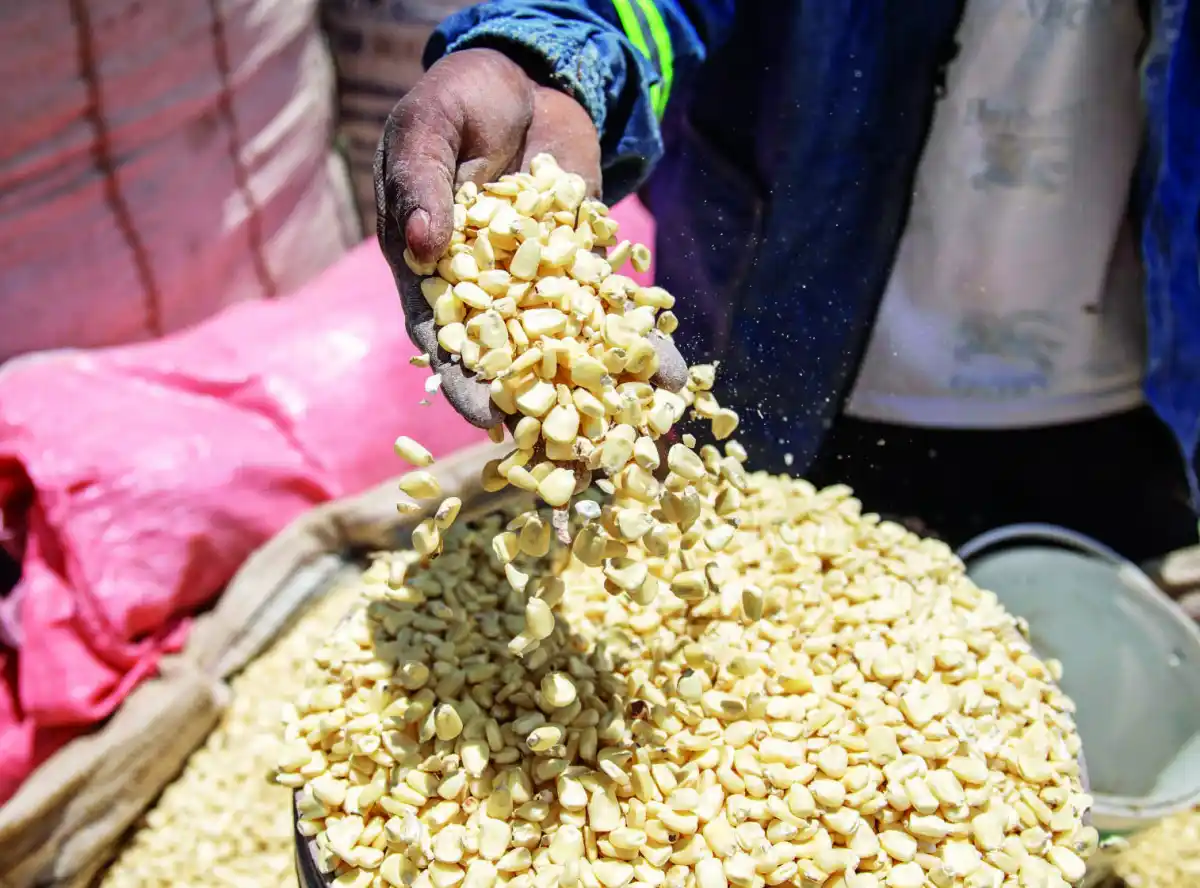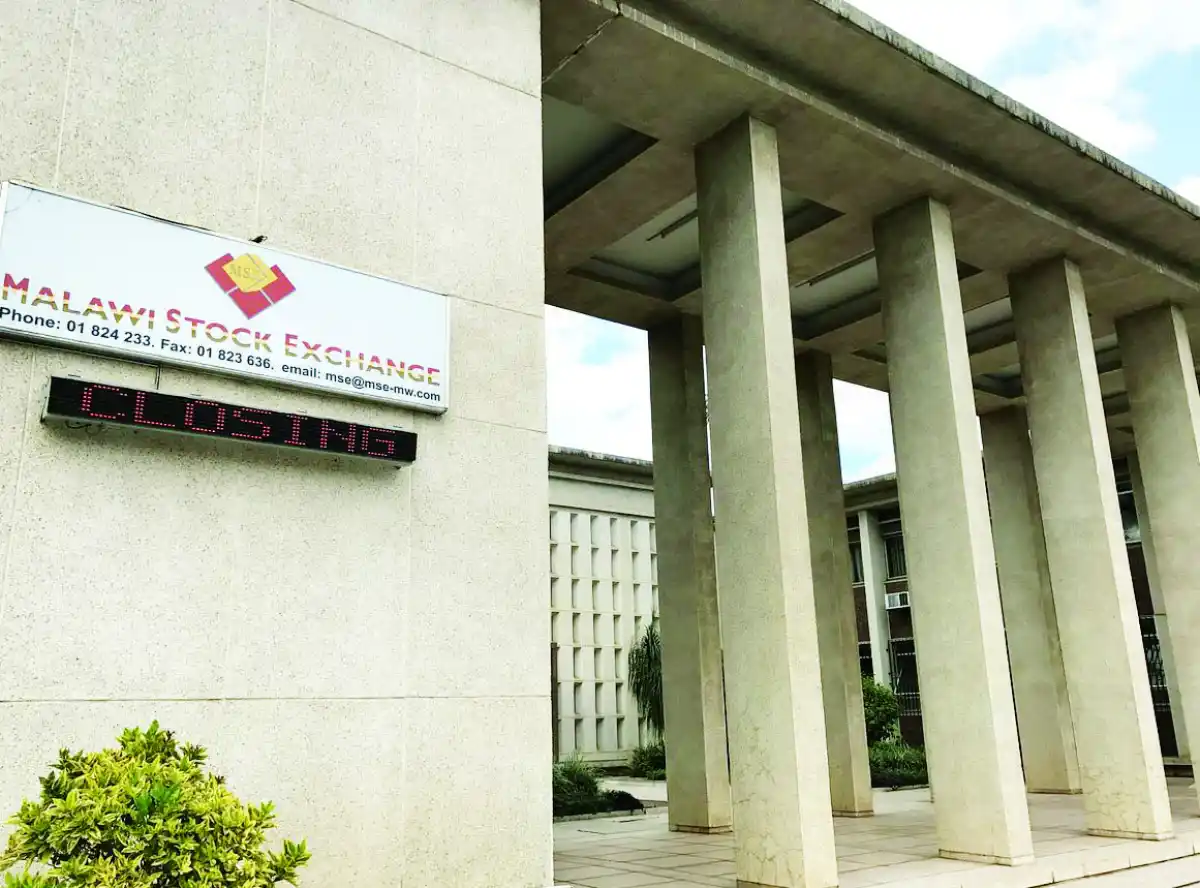
By Benadetta Chiwanda Mia:
Famine Early Warning Systems Network (Fews-net) anticipates food assistance needs in southern Africa to surpass 30 million people during the October 2024 to March 2025 lean season.
This escalating crisis is largely due to the severe 2023-24 El Niño-induced drought, affecting countries like Malawi, and compounded by ongoing conflicts in the Democratic Republic of Congo (DRC) and Mozambique.
In its Southern Africa Food Security Alert issued in August, Fews-net indicates a stark rise in needs, estimated to be 50 percent higher than during the 2023/24 lean season and surpassing the peak needs observed during the 2016-17 El Niño event.
The report highlights countries like Zimbabwe, and notably southern Malawi, as areas of critical concern.
A particularly harsh dry spell and above-average temperatures in early 2024 have led to maize harvest deficits, ranging from 10 percent in South Africa to a staggering 60 percent in Zimbabwe.
For Malawi, the situation is particularly dire as the country is expected to register high numbers of food-insecure households, with the lean period anticipated to extend beyond its usual duration.
The combination of high food and non-food commodity prices, along with below-average production, has left very poor households in all southern Malawi districts and Salima District in central Malawi facing Crisis (IPC Phase 3) food security outcomes.
According to Fews-net, Malawi has been averaging two million people in Crisis (IPC Phase 3) outcomes annually since 2021.
However, projections indicate this number could peak between 3.5 and 4 million, predominantly affecting southern Malawi, from October 2024 to January 2025.
Inflation, driven by rising food prices due to adverse weather impacting the 2023-2024 cropping season, remains high in Malawi.
As of August 2024, year-on-year inflation stood at 33.9 percent, well above the 5 percent medium-term target.
In an earlier interview, Economics Association of Malawi Senior Economist Lucius Power said rising inflation has significantly eroded the purchasing power of both rural and urban households, as seen in the sharp rise in living costs.
“For instance, a household of six in Lilongwe required K420, 000 in April 2023 to meet basic needs, but this figure jumped by 38.24 percent to K580,000 by April 2024,” Power noted.
He added that this trend continues to escalate the challenges households face in securing necessities, with recent figures likely even higher.








0 Comments